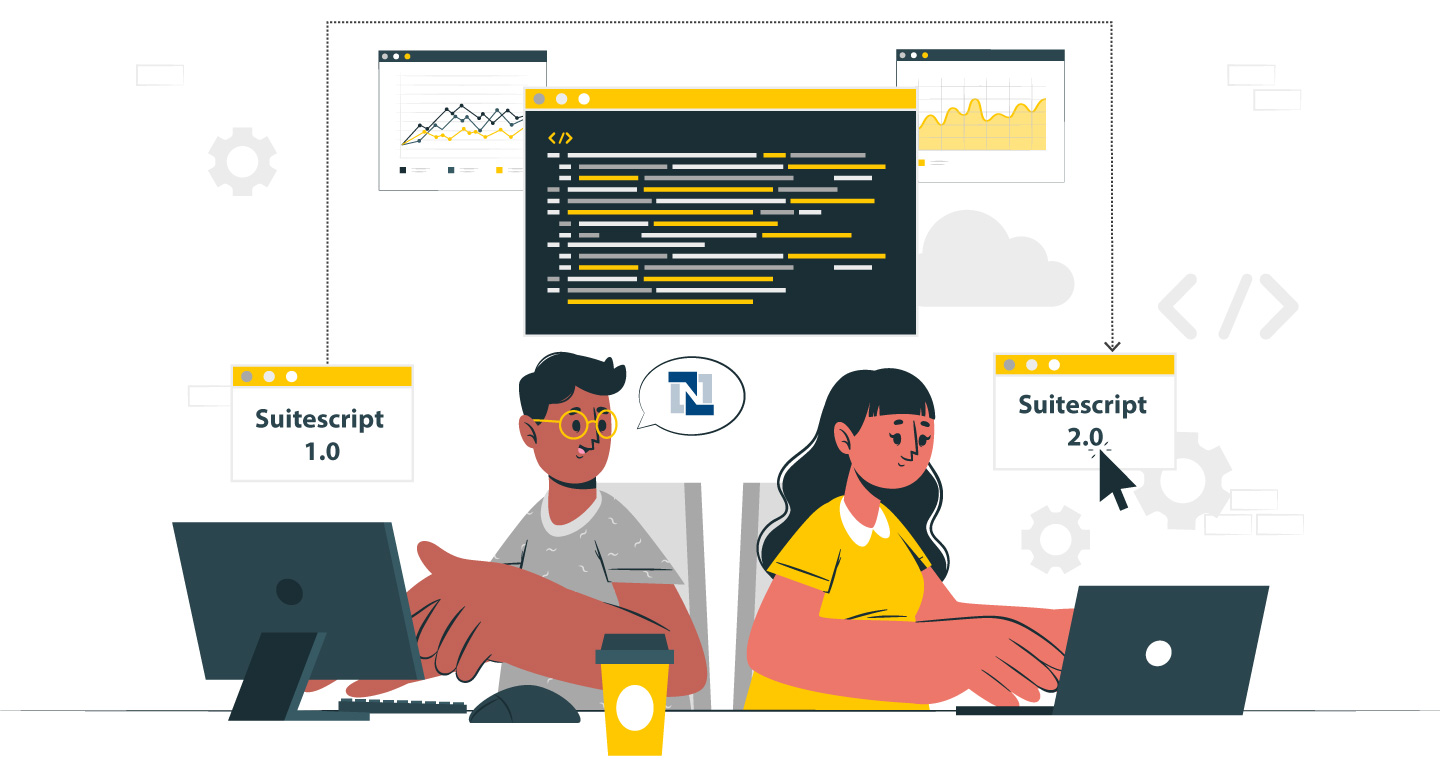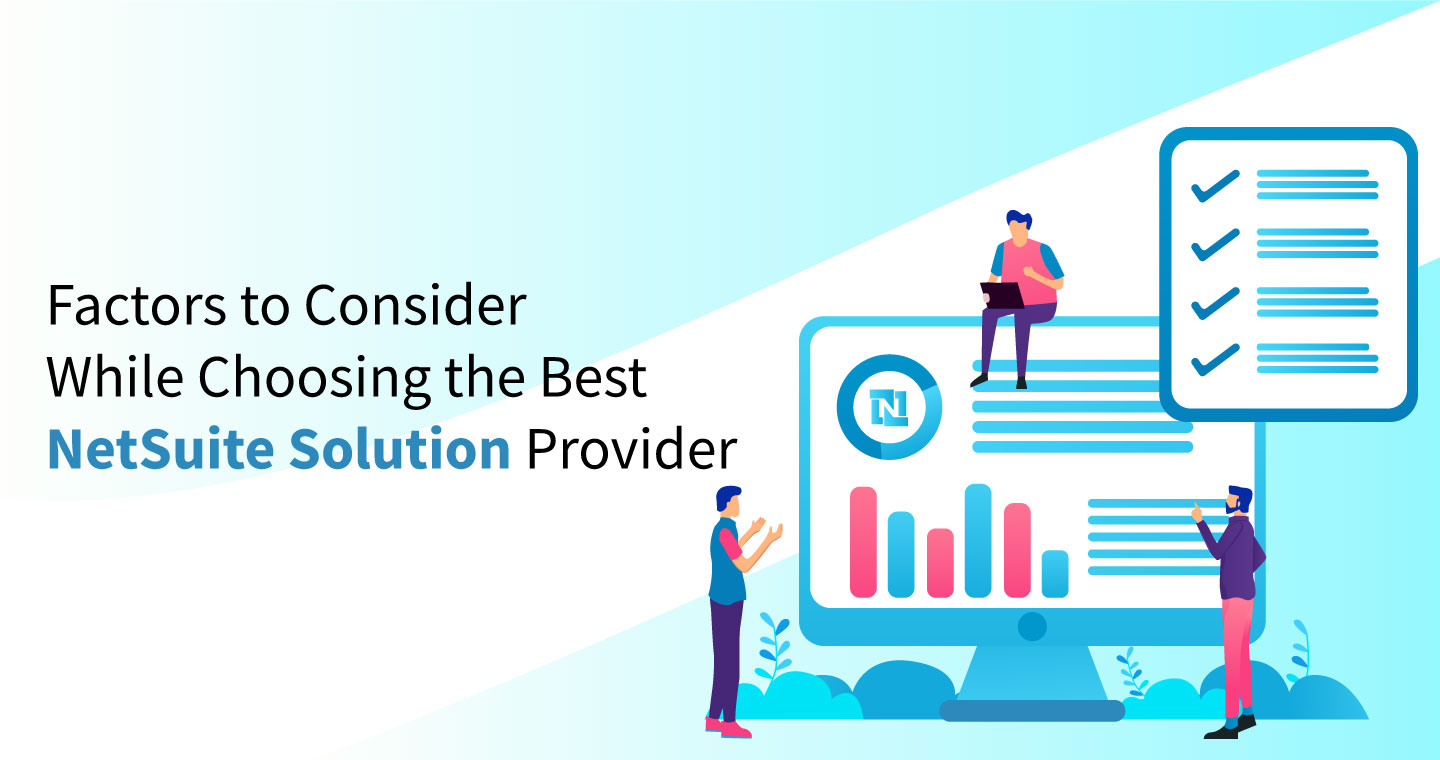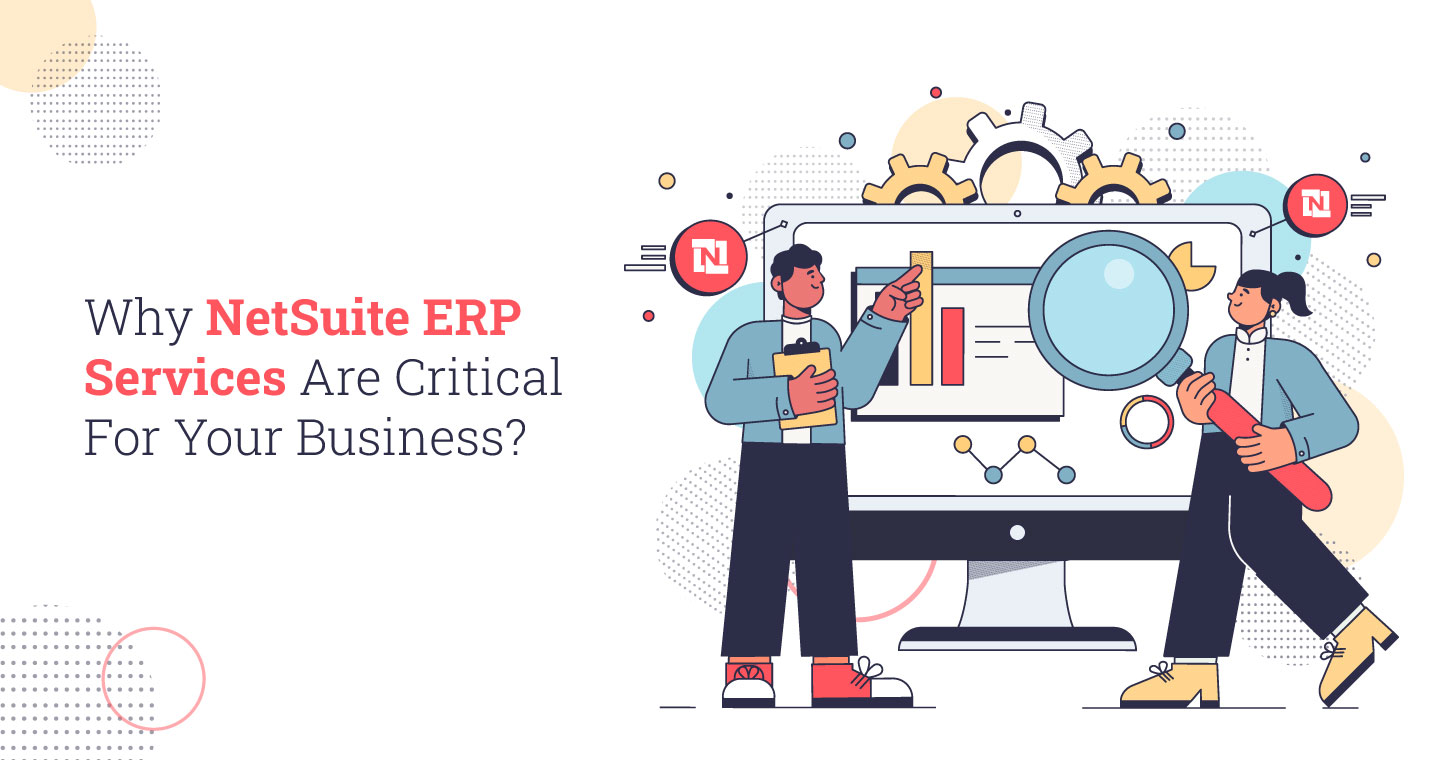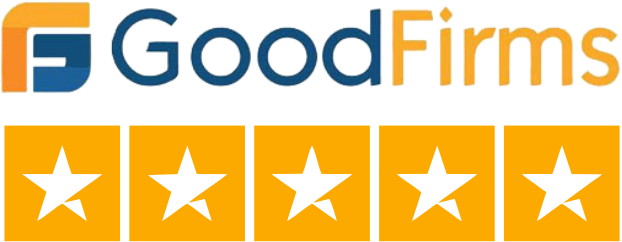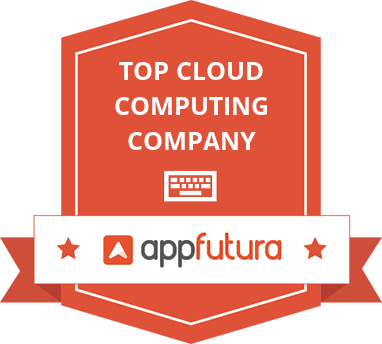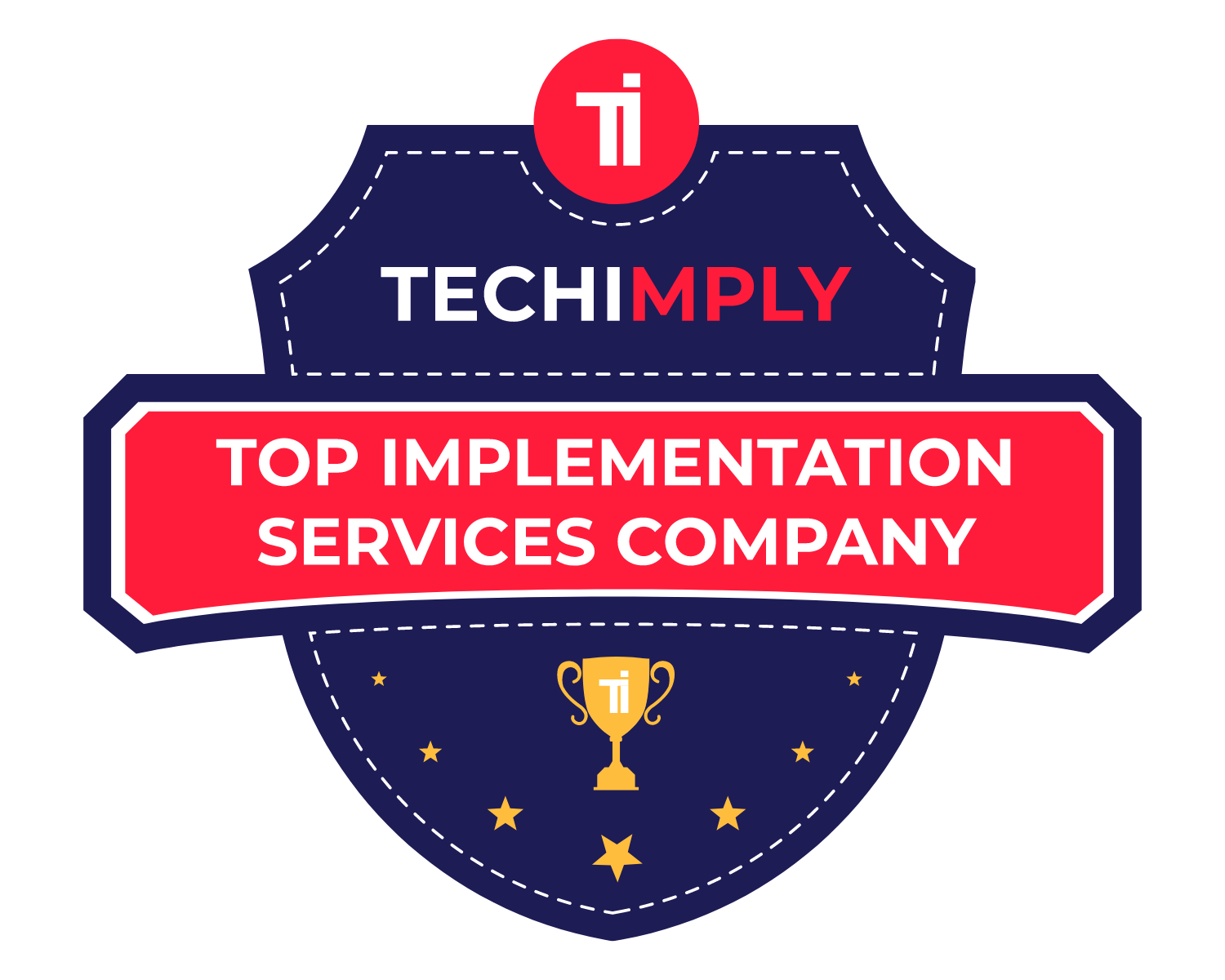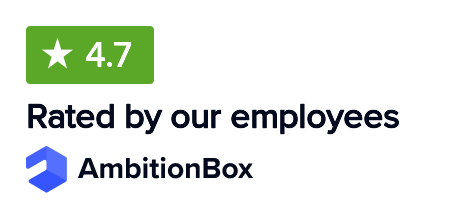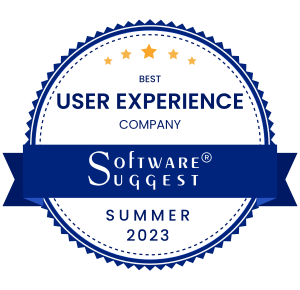Any business needs efficient budgeting procedures. They make sure resources are correctly allocated, financial objectives are attained, and future plans are forecasted correctly. However, Conventional budgeting takes months to complete. The good news is the fact that automating these procedures could considerably decrease time, making budgeting a simplified activity that can be finished in weeks.
The Concept of Automating Budgeting Processes
Automation in budgeting is made up of several budgeting tasks being conducted with sophisticated software programs and solutions. This includes data collection/aggregation/analysis & reporting. Automating these tasks will accelerate budgeting, increase accuracy, and lower error risk for companies.
How Automation Can Reduce Budgeting Time From Months to Weeks
By automating the budgeting process, businesses can produce budgets in weeks instead of months, turning long tasks into easy operations using mobile applications.
Simplified Data Collection
An automated budgeting system links data sources, such as accounting software and ERP systems. This minimizes the need for manual data entry, which is time-consuming and prone to errors. Real-time data collection makes sure that all required data is captured accurately and quickly to help budgeting.
Improved Data Analysis
With automation, advanced algorithms and machine learning tools can analyze big datasets a lot more quickly compared to a human. Such tools may quickly recognize trends, forecast future financial performance, and also offer insights into budget choices. This rapid analysis enables businesses to finalize budgets quickly.
Improved Collaboration
Cloud-based budgeting tools enable several stakeholders to access and work on the budget concurrently from anywhere. This real-time collaboration eliminates the waiting for inputs and approvals from various departments. Automated workflows and notifications keep everyone in sync and help the budget move along through each development phase.
Automatic Reporting
It takes a considerable amount of time to manually prepare budget reports, especially when financial data is complex. Automated systems might develop reports with one click and provide stakeholders with correct information at one click. This saves time and boosts the precision & dependability of the reports.
Read More: NetSuite Financial Reporting: A CFO’s Blueprint for Success
Reduction of Errors and Rework
Errors in manual processes cause rework and time. Automated systems decrease the chance of errors as they guarantee uniform data entry and processing. This reduces revisions and corrections and further speeds up the budgeting process.
Traditional Budgeting Processes and Their Issues
Standard budgeting procedures can be slow and pose several key challenges for companies.
Manual Data Entry
Traditional budgeting suffers from manual data entry. Due to human error and slow processing, this process can lead to inaccuracies. These errors typically take a long time and effort to correct and postpone the budgeting.
Siloed Information
In a lot of organizations, financial data are distributed across systems and departments. Data combined in this way is difficult and frequently results in outdated or incomplete budgets.
Delayed Insights
Slow data collection and analysis in conventional budgeting leave financial insights frequently outdated. This delay might prevent businesses from making market changes or internal financial shifts affecting strategic decision-making.
Limited Collaboration
A company’s conventional budgeting procedure involves sequential steps in which each department prepares its own budget before passing it on. This sequential approach limits collaboration and also creates problems as departments wait for other people to complete their work. Additionally, it decreases the general transparency in the budgeting process.
Benefits of Automating Budgeting with ERP Systems
The benefits of automating budgeting using ERP methods consist of enhanced efficiency and accuracy in budgeting.
Improved Accuracy
Errors in manual data entry are reduced by automated systems. With consistent data input and processing, ERP systems deliver far more accurate and dependable financial data for improved budgeting choices.
Time Savings
ERP systems handle budgeting from data collection to reporting. Automated data aggregation, along with analysis, reduces the manual work from months to weeks to complete the budgeting cycle.
Real-Time Data
With ERP systems, financial data is updated continuously. This makes certain the budgeting is based on current information, enabling more responsive and dynamic financial planning.
Better Collaboration
ERP systems frequently offer cloud-based features where several stakeholders can work on the budget at the same time. This real-time collaboration improves communication and coordination among departments.
Scalability
ERP systems are built to grow with a business. They can manage growing data volumes and complexity and are thus suitable for organizations of any size. This scalability enables effective budgeting as the company expands.
Key Components of Automated Budgeting Systems
Budgeting Software and Tools Overview
Automated budgeting systems use a program specialized for budgeting. These tools include features including:
- Predict future financial performance based on past trends and data.
- Compare various financial scenarios to make informed choices.
- Combine data from several sources to produce a financial picture.
Integration with Existing ERP Systems and Financial Software
Automated budgeting must integrate with your ERP and financial systems. This ensures consistent data flow across platforms. Integration generally involves:
- Automatic updating of financial data between systems.
- Consolidated financial reports that utilize information from many sources.
- Better collaboration amongst departments through one source of truth.
Data Collection and Aggregation Mechanisms
Automated budgeting systems make data collection and aggregation simple by :
- Direct connections to accounting software/ERP systems along with other sources of data.
- Continuous data updates for the most current financial data.
- Data coming from various sources is integrated into a single financial view.
These mechanisms make sure that budgeting information is current, complete, and accurate.
Customization and Scalability Options
Automated budgeting systems offer comprehensive customization options to meet the company’s demands. That includes:
- Prebuilt templates to suit your business processes.
- Ability to develop custom reports on particular metrics and KPIs.
- Systems that grow together with your business to handle growing data volumes and complexity.
Customization and scalability are important elements for companies to put into action a versatile long-term budgeting solution that grows with them.
How to Choose Automation Software Tools for the Budgeting Process?
The following are important considerations when picking out the right budgeting automation software for implementation.
Compatibility
The software should be integrated with your existing ERP and financial software. As a result, data silos are avoided, and information can flow between platforms more easily.
User-Friendliness
You can Look for easy software that your team can utilize. This shortens the learning curve and gets your employees started adopting it fast.
Scalability
Pick a scalable solution for your business so it can expand, and the software should have the ability to deal with more data volumes and complicated data types.
Support & Training
Choose vendors who provide training and support. This helps your team use the software and troubleshoot problems as they arise.
Implementing Automated Budgeting: Best Practices
Automated budgeting could alter your financial planning procedures. Five best practices for effective implementation :
1. Start Small & Scale Gradually
Start piloting the automated budgeting system with a small team or single department. This phased approach enables you to find and correct issues before deploying the system company-wide. Gradual scaling helps with the changeover and tuning of the system according to departmental requirements.
2. Comprehensive Training & Support
Invest in appropriate training for all users to enable them to use the new system. System functionalities, report generation, and common issues must be covered during training. Also, look for a vendor with great support – online resources, customer support hotlines & live chat support -.
3. Define Clear Objectives and KPIs
Define your automation objective before implementation. Whether it’s time savings, enhanced accuracy, enhanced collaboration, or even better forecasting – setting objectives and key performance indicators (KPIs) will guide the implementation and measure success. Refresh these KPIs frequently to ensure the system is meeting your business objectives.
4. Assure Data Integrity and Integration
Automated budgeting requires dependable data. Integrate your system with legacy ERP and financial software to keep data consistent. Set up protocols for data entry and validation to avoid discrepancies. Regular audits and updates can keep data consistent and dependable.
5. Foster a Collaborative Culture
Encourage collaboration amongst departments with the system’s cloud features. Real-time data access and shared dashboards facilitate coordination and communication. Create a culture of engagement wherein all stakeholders are responsible for their part of budgeting and taking ownership of financial objectives.
Why Choose NetSuite as an Automation Budgeting Tool?
NetSuite is an ERP with powerful budgeting and financial planning features. The reasons NetSuite stands out:
- Integrated Suite: NetSuite combines budgeting with other financial functions like accounting, CRM, and inventory management. This integration enables data to flow across departments.
- Real-Time Data: NetSuite offers real-time economic data for fast decision-making. This is required for forecasting and budgeting.
- Scalability: NetSuite was created for small to medium-sized companies. Its scalable architecture can scale with your company to handle growing data volumes & complexity.
- Customization: NetSuite supports many customization options for specific business requirements. Which includes customizable templates, flexible reporting, and scalable architecture.
- User-Friendly Interface: NetSuite has an intuitive design. This shortens the learning curve and also guarantees fast adoption by your employees.
Read More: A Comprehensive Guide to NetSuite Planning and Budgeting
The Bottom Line
Automating your business budgeting process can transform a tiring, error-prone job into an easy, effective operation. Businesses can save time, get more accurate information, and also work together more efficiently with NetSuite Consulting Services. This will allow better financial management and strategic decisions.


